How To Get Quality User-Generated Content (UGC)

Chasing user-generated content (UGC) can be exhausting.
And you've probably come to terms with the fact that relying on a third-party platform or hiring externally to generate your content has been an expensive (and inauthentic) exercise.
You've come to the right place, my friend. In this article, you're going to learn exactly how you can build an ongoing supply of authentic UGC content for your brand.
Let's jump in.
How To Get Quality User-Generated Content (UGC)
The organic word of mouth conversations that take place on social media can become your biggest sales ally in ecommerce. And the conversation starter? User-generated content (UGC).
By definition, user-generated content is content created by a user that uses your product or service; your customers, influencers, employees, even your Mom.
Branded content creation has its place, but nothing quite convinces purchasing decisions more than UGC. This makes it a popular choice for a few reasons: it increases brand awareness, it’s cost-effective, increases conversion rates, and builds brand trust.
How you ask for UGC content, the outreach channels you use, and then how you curate it are basically endless. But that's the problem, you need answers — not creative freedom.
Here are the most common ways brands ask for UGC content:
- Social media post: Schedule a social post asking customers to share their experience
- Automated post-purchase email or text: Set up an automated email or text message asking for a review once a product is received. Make sure you sync up your review platform and make it easy for them to leave a photo or even video
- Including the 'ask' in the delivery box: Include a pretty card with instructions to leave a review included with the order
- Running a UGC hashtag giveaway: Followers are asked to post a piece of content on a social network, with a specific hashtag, in exchange for a chance to win a prize
- Review for store credit: Send an email post-purchase with an incentive (i.e gift card or store credit) for a more customised content ask. For example, you might want customers to film a specific tutorial of how they use your product
Bonus tip: To cover even more ground with filling your UGC content pile, consider using a social media listening tool to help you monitor any positive mentions of your brand.
How to make sure the UGC content is high-quality
Unless you're working with influencers who are content creator masters, some people are going to need a little coaching.
- Tell them what type of content you want and be specific if you are chasing a particular style of content
- Do you want them to follow a certain formula? (for example: name our company, show the product, talk honestly about what you think of it, and how you use it)
- Should there be a max time on the video?
- Specific product placement you want?
- Tell them what social platform to share it on
- Do you need them to shoot in landscape mode (widescreen) or portrait mode (Instagram Stories)
- Are there specific things you DON'T want them to say?
- Tell them what hashtags to use when they share the content so you can find it (more on hashtags below)
- Always ask for permission to use the content created upfront — see our bible to securing content usage rights with UGC
5 Strategies To Get UGC With Examples & Specific Steps
Here's some common ways you can get more organic word of mouth conversations happening about your brand.
Product Reviews
How many times have you read a review before making a purchase? I'm almost certain you wouldn't be able to count on one hand (or two).
Businesses with a minimum of 200 reviews generate twice as much revenue. So if you haven't already done so — set up an automatic email workflow to request reviews.
This will tick-over in the background all the time and you would be amazed with the brand loyalty some customers have and would love the chance to rave about their favourite products.
Follow these steps:
- Set up an automated email to current customers who have purchased in the past 30 days. You could do this via text message too. If you do it via text message, just make it super clear that you're a real person — not automated, a bot, or a marketing list.
- Add a special discount on next purchase or a gift card in return if they share a video or photo.
- Once you start get interest, make sure you use the content tips we outlined above to help gently guide your customers in the creation process
- Collate all of these pieces of UGC in a folder to build up. Give your creative team access to repurpose this content across ads, articles, outreach etc.
Branded hashtags
You can create one or several campaigns for UGC by promoting various hashtags. Or you can create a hashtag for UGC as part of a bigger marketing campaign, so that you are promoting your campaign as well as curating UGC.
This is where it helps to have a UGC strategy nutted out. What is your goal with the UGC? Do you need to have more than one hashtag for different products?
Some things to keep in mind:
- If you tell your users to post with specific hashtags, you will have archives of UGC content, that's also public and can gain exposure long-term
- Your hashtag doesn't necessarily need to be all about your brand. It can make the users the focus. For example, the popular Starbucks #RedCupArt was a campaign where customers were asked to decorate their seasonal cups and share on social media
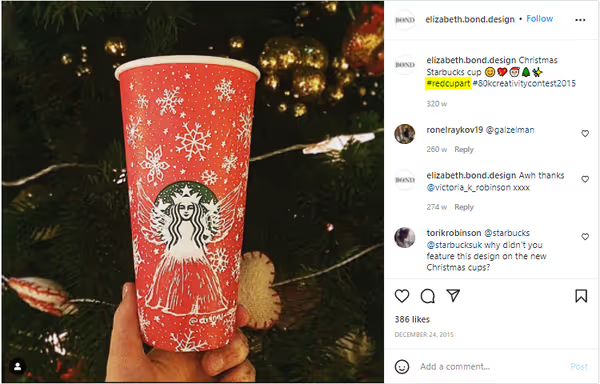
Another example of a successful UGC campaign is Ikea. Ikea had the goal of creating a community around its brand. They wanted to connect its customers and deepen the relationships. They did this with #ikeaatmine where they encouraged their customers to share pictures of Ikea products in their homes.

Bonus Tip: If you decide to create a hashtag, look at the posts that are already indexed by this word or phrase. You want a hashtag that is unique to your brand or offering so that your content won't be buried amongst unrelated or inappropriate posts.
Search hashtags to find existing user-generated content
There is a possibility that users are already sharing content about your brand that you are not aware of. Use the search functions within social media platforms to look for product-related or branded hashtags.
Social Media Competitions
An effective social media competition can be a really clever campaign to generate huge amounts of UGC without being expensive. You're essentially incentivising your users to create content, with the chance to win something in return.
But why not take it a step further?
We've seen UGC campaigns increase the number of submissions or shares when they match the prize with a donation.
An example of a successful incentivised UGC campaign is clothing brand Aerie. The brand offered to donate $1 to a NFP for every untouched photo uploaded using hashtag #AerieREAL.
The brand was able to promote their pledge to stop retouching their models through this campaign and gave people a reason to get involved that was bigger than the brand itself and purchase from a brand that supported an important cause.
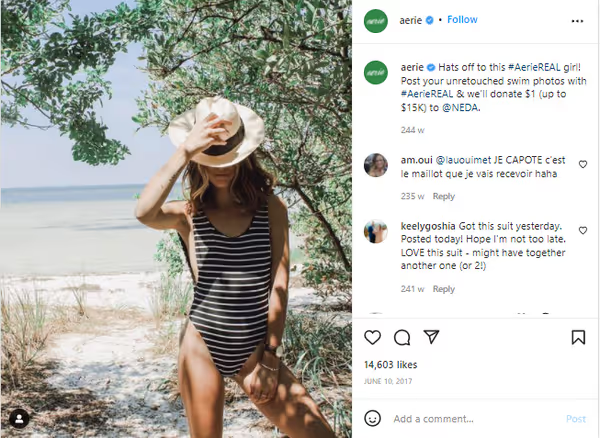
Nearly four years later this hashtag is still going and has almost 350,000 posts.
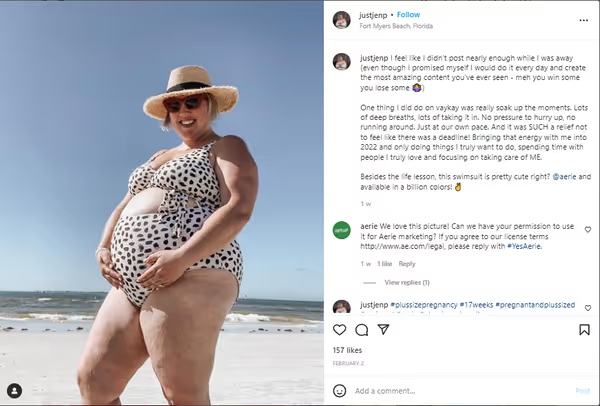
With that in mind, be sure to identify the goal of the contest with regards to the type of content you want to generate to ensure its success.
What will you be using UGC for as an outcome from the contest? For example, do you want testimonials, images with the product/s or video content? Once you know, shape your brief for the competition on this.
Product Seeding to Influencers
Product seeding (also known as influencer gifting) is the process of gifting free product to influencers in the hope that they will share your product and ultimately create content.
Read More: Our extensive guide on how to perform successful product seeding
The benefit of product seeding is that you are building a relationship with experienced content creators to generate your content. They make a living from content creation, so it's likely to look more polished and professional.
This type of user also has a good online following that the content will be exposed to organically.
Which leads me to an important question: Do you already have paying customers that are micro-influencers on social media?
It's worth trawling your customer base for users that have over 5K following on social media and leveraging these connections.
Make these customers a priority when requesting content and if budget allows, you could look at contracting these influencers to become brand ambassadors.
How to Include User-Generated Content in Your Content Marketing Strategy
Once you have the content, how will you use it to maximize its return for your brand?
Some creative ways to repurpose and share UGC:
- UGC-based Ads: UGC performs much better than branded content. 72% of consumers believe that reviews and testimonials submitted by customers are more credible than branded content.
- Reposts: Use a special hashtag to repurpose the UGC into social content across your brand's platforms. This encourages other customers to get involved for their own claim to fame too!
- Newsletters/Emails: Include customer reviews or other types of UGC into your email marketing material to add some sentiment and social proof. Use it to encourage other customers to do the same.
Where Does User-generated Content Fit Into Influencer Marketing?
In our eyes, influencer-generated content is different from user-generated content. But technically speaking, influencers are a user of your product or service.
If we were to pick where to direct all your marketing efforts, our personal recommendation would be to chase IGC. Only because we've seen the potential it has to outperform UGC.
Need some help getting started with UGC content generation? We help brands get the most ROI from their UGC and build lasting relationships with influencers.
Book a call with us and we'll explain how we can help your brand get started today.
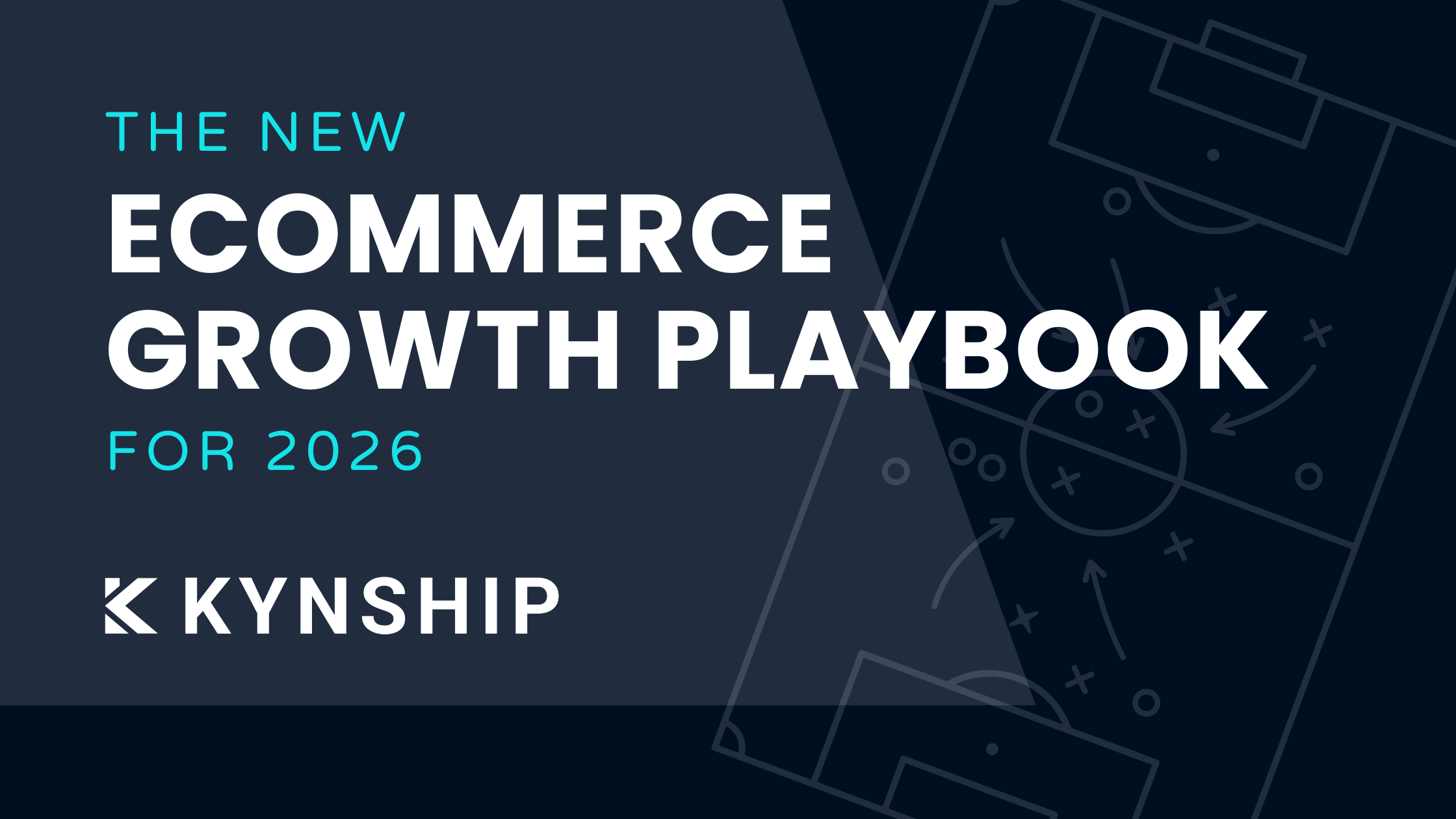
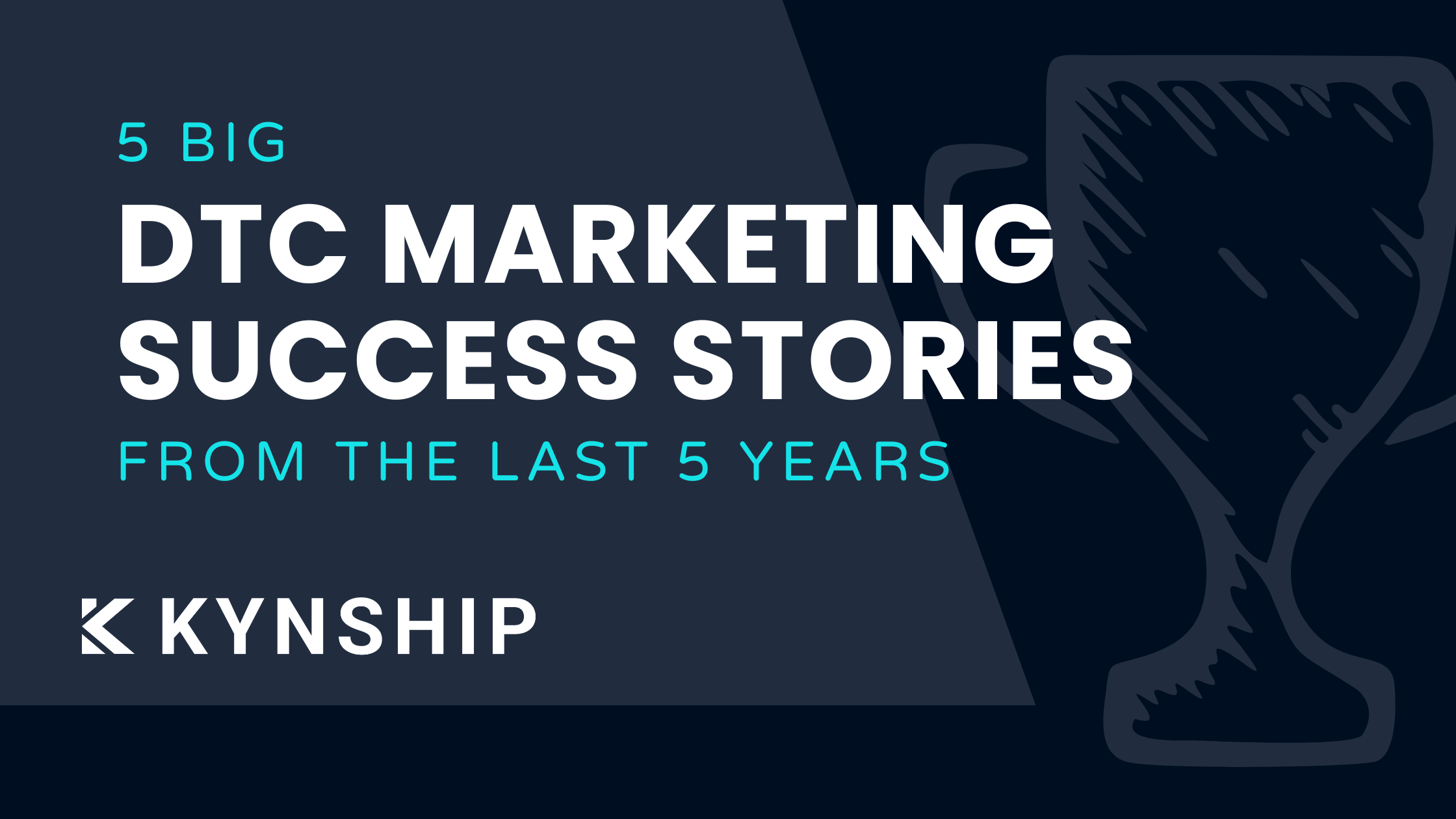
5 DTC Marketing Success Stories From The Last 5 Years
Five real DTC marketing success stories from the last five years, breaking down how brands scaled despite rising CAC, creative fatigue, and tougher competition, plus key lessons you can apply today.

The New Ecommerce Growth Playbook For 2026
These are the ecommerce growth marketing strategies we are using right now to successfully scale DTC brands from $2M to $50M.
Bi-weekly tips to reduce your CAC
Join thousands of DTC operators and subscribe to Cut the CAC for insights from the Bottom Line Podcast and Kynship's growth strategies.


.avif)
.avif)
.avif)



